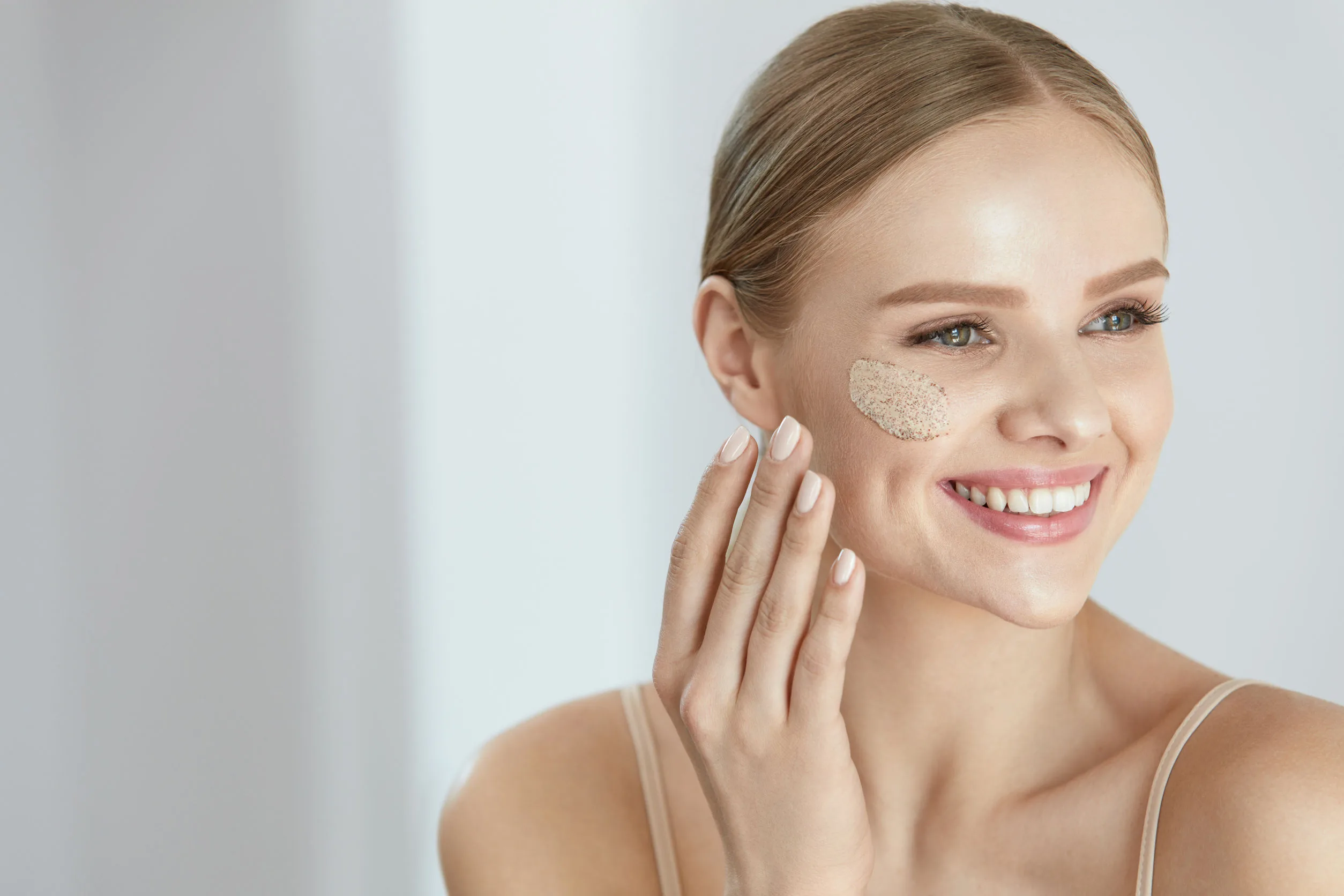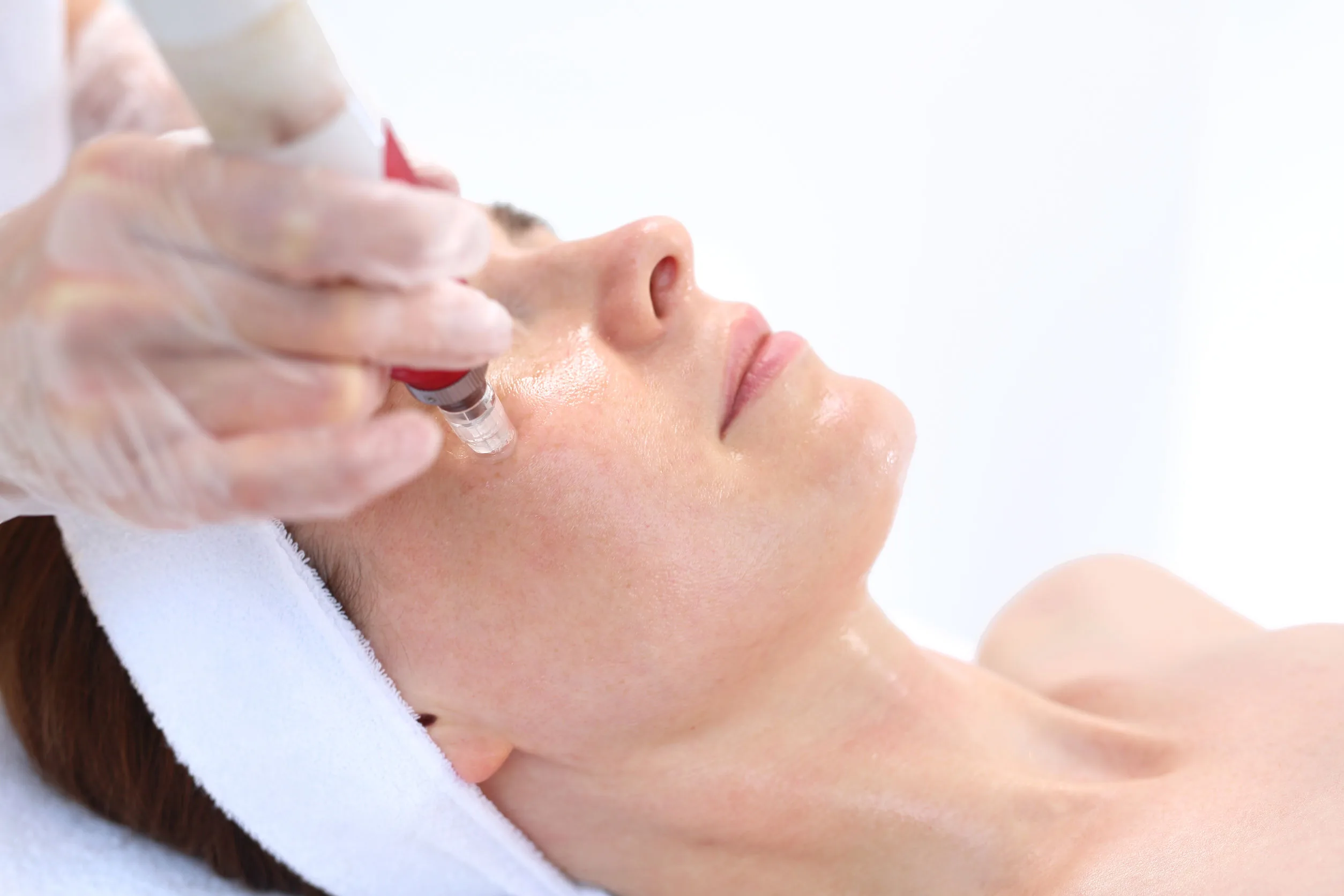
The Answer to Radiant Skin: Exfoliation
We don’t always take the best care of our skin. It’s never something that we like to admit, and the guilt definitely isn’t fun to feel when you look at your lackluster complexion in the mirror. We all want glowing, radiant, fresh-looking skin, not gray, dull, and tired-looking. However, we’re in luck with how huge and diverse the skin care industry has become! There’s a very simple step that we often overlook when we’re focusing on our face and it’s this:
Exfoliation.
It may seem like a simple step, although the benefits of exfoliation are bountiful when we keep this in our skin care routine regularly!
The Breakdown of Why Exfoliation is Important
Exfoliation is defined as “the process of removing dead skin cells from the outer layer of your skin,” according to the American Academy of Dermatology, but you probably already knew that. Another fact is that when done right, it gently breaks down the dead skin cells that can clog pores, allowing the skin’s natural oils to flow unobstructed, reducing blemishes without drying your skin out.
It’s a wonderful and easy form of clearing the skin to give it a newfound radiance! Especially when we wear makeup often, or live in a humid climate, or have to layer on moisturizer from dry skin, exfoliation can greatly benefit you by polishing up your skin from built up residue, skin cells, and products clogging your pores. The best part is that there are multiple ways of exfoliation that you can try!
These three forms of exfoliation are:
The Normal Do It Yourself – Scrubs, wash clothes, microdermabrasion (a process that uses a powerful vacuum to spray micro-crystals across the skin’s surface leaving it very smooth). Basically using force or friction to remove the dead skin. This is the simplest version of exfoliation!
Chemical – It’s not your run of the mill household chemicals, don’t worry! We mean the different types of acid that are used in skin care that have fabulous results on your skin by the natural reaction it creates! There are many different kinds of acids and you may have heard of them, such as glycolic acid (derived from sugar cane), lactic acid (derived from dairy products), and salicylic acid (derived from willow bark) to name the main and most popular ones.
Some of these acids are better for certain skin types and conditions, so it’s best to find out which one would suit your skin type before you try it. For example, acne improves with salicylic acid as it helps control oil and kills bacteria. Lactic acid is better on sensitive skin types or for those with darker pigment as it’s a gentler acid than others. Glycolic acid helps to dissolve the “glue” that keeps dead skin cells stuck to you and in your pores. These types of skin care acids are typically used in facial peels, whether at your local day spa, dermatologist office, or in beauty lines!
Lastly, Enzymes – These work to dissolve the dead skin itself. You’ll find enzyme peels are usually made with pumpkin, papaya, and pineapple as these are naturally occurring enzymes that work wonders on the skin. They’re also terrific for anti-aging benefits, as well as a gentler form of exfoliation.
If you want to brighten a dull complexion, look younger, have clear skin or simply feel refreshed and clean…exfoliation is your new best friend!
But, the biggest question left has yet to be discussed: how often should you exfoliate?
The rule of thumb is, for every decade you are old, that is how much you should exfoliate. For example, if you’re 20 then 2 times a week is good to scrub, do a peel, choose a serum with one of the main acids, etc. 30 years old, 3 times a week, etc. We highly recommend consulting with an esthetician to begin your exfoliating regimen.
At Botanica Day Spa, we offer a wide range of exfoliating facials too! Contact us today to learn more about which one is right for your skin type and get ready for your best skin yet!
Love,
Gen



Leave a Reply